The Alps are an iconic part of Europe’s natural landscape, and while they’re most often associated with winter sports, they offer just as much – if not more – for active holidays during the warmer months. From high-altitude trails and lakeside walks to charming mountain villages like Cervinia, Zermatt or Gstaad and well-developed outdoor infrastructure, the Alps are a top destination for travellers looking to combine movement, nature, and memorable scenery.
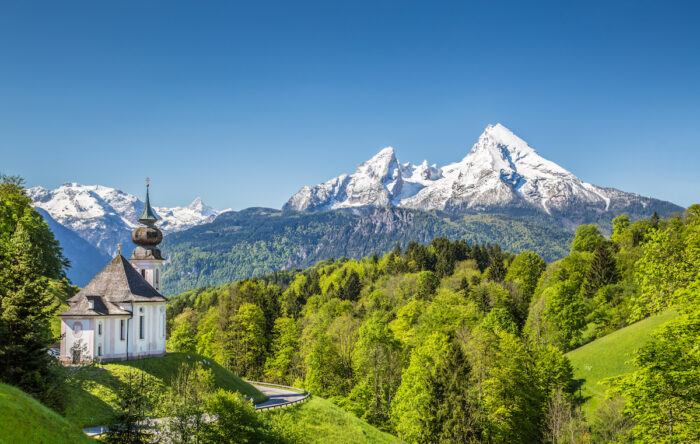
The Alps are an iconic part of Europe’s natural landscape
Planning an active holiday here can be straightforward and rewarding, especially if you focus on the right country and approach your itinerary with a balance of adventure and simplicity.
Choosing the Right Region for Your Trip
The Alps span several countries, each offering unique terrain, accessibility, and travel experiences. France, Italy, and Switzerland are renowned for mountain travel, particularly in winter. The French Alps boast a variety of excellent ski resorts perfect for a revitalizing break. Italy captivates with incredible views and delicious, more affordable cuisine compared to its neighbors. Austria distinguishes itself as an exceptionally organized, welcoming, and easy-to-navigate Alpine region, featuring an extensive, well-marked trail network and mountain huts that facilitate multi-day hikes without needing camping gear. This makes Austria a great starting point, especially for those who are new to alpine travel or prefer comfort and structure over rugged independence. For many travellers, Austria hiking tours offer the ideal balance of planning, support, and flexibility. They allow you to enjoy long-distance trails, well-situated accommodation, and scenic daily stages—without the stress of coordinating every detail yourself.
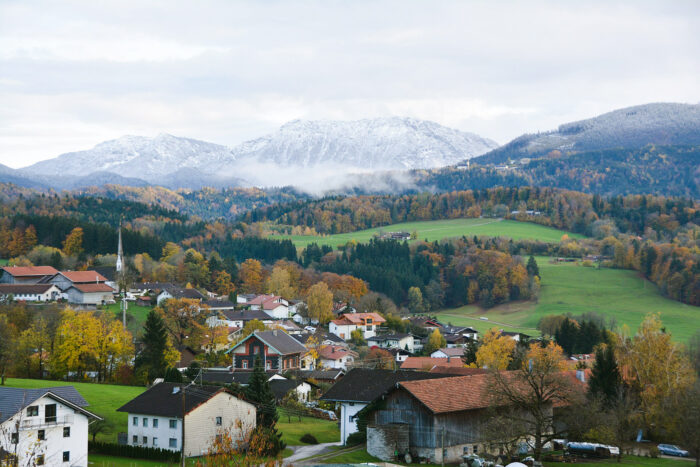
Photo by Artist Istanbul
Guided or Self-Guided: What’s Best for You
One of the key choices when planning your trip is whether to book a guided or self-guided tour. Guided trips are great for those who want expert insight, trail support, and a more social atmosphere; for instance, tackling challenging alpine hikes in Italy’s Dolomites, such as around Madonna di Campiglio, is often best experienced with professional alpine guides who know the terrain intimately. You’ll typically travel with a small group and follow a planned route led by someone familiar with the terrain and local culture. On the other hand, self-guided hiking tours are increasingly popular, especially in countries like Austria where infrastructure is excellent and navigation is straightforward. With a self-guided setup, your route, accommodation, and even luggage transfers are arranged for you, but you hike at your own pace and on your own schedule. This kind of tour is ideal for travelers who want independence without the burden of booking and organizing every aspect themselves.
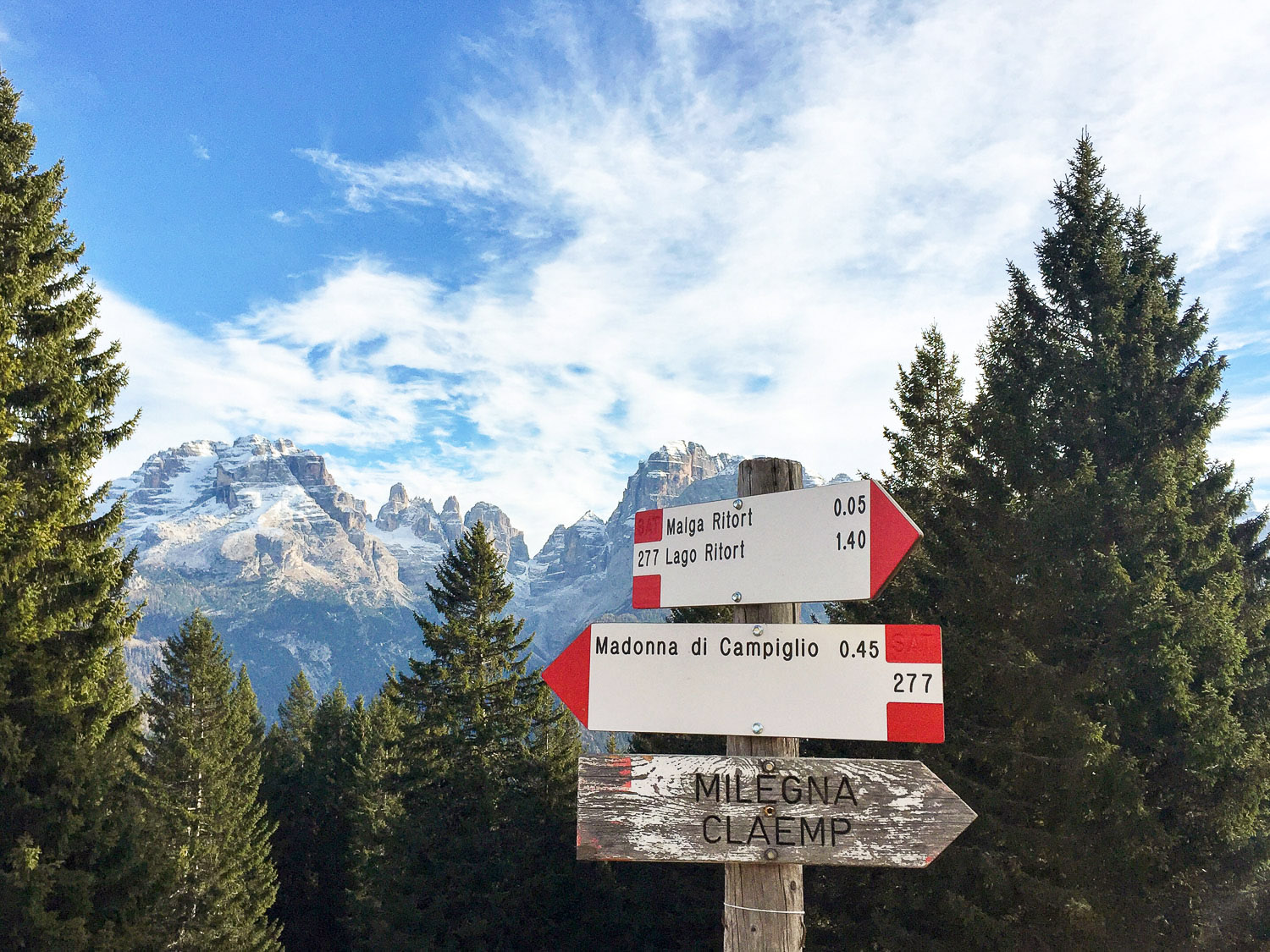
When to Go for the Best Experience
The ideal season for visiting the Alps is between mid-June and late September. This window offers the most stable weather, open mountain huts, and fully accessible trails. July and August are the warmest months and attract the most visitors, but many travelers prefer early September for its quieter trails and more moderate temperatures. June can be a good time for lower-altitude hikes, though some snow may linger at higher elevations depending on the previous winter. Regardless of the month, it’s important to prepare for changing weather conditions. The mountains can be unpredictable, with sunshine in the morning turning into sudden showers in the afternoon. Bringing appropriate clothing and being flexible with your daily plans will help you enjoy the trip even when conditions shift.
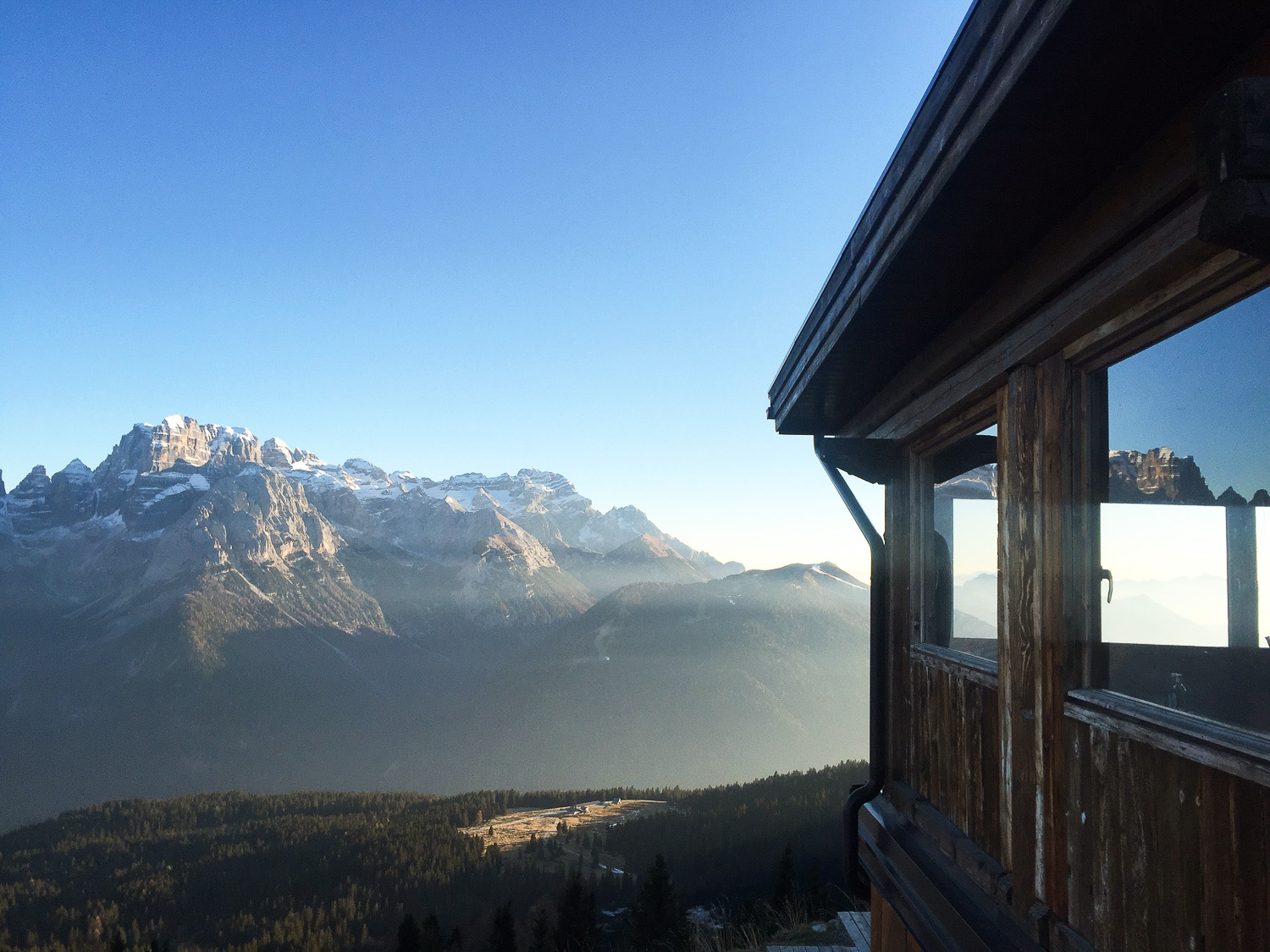
What to Expect on the Trails
The Alps offer trails for nearly every level of experience. From gentle valley paths that follow rivers and pastures to more strenuous alpine crossings, there is no shortage of options. In Austria in particular, the signage is clear, the trails are well-maintained, and the system of alpine huts makes longer journeys more accessible to casual hikers. These huts are typically spaced so that you can walk from one to the next in a day, with warm food, basic accommodation, and a welcoming atmosphere waiting for you at the end of each stage. You don’t need to carry much beyond day-use essentials, which makes hiking less physically demanding and more enjoyable for a broader range of travellers.
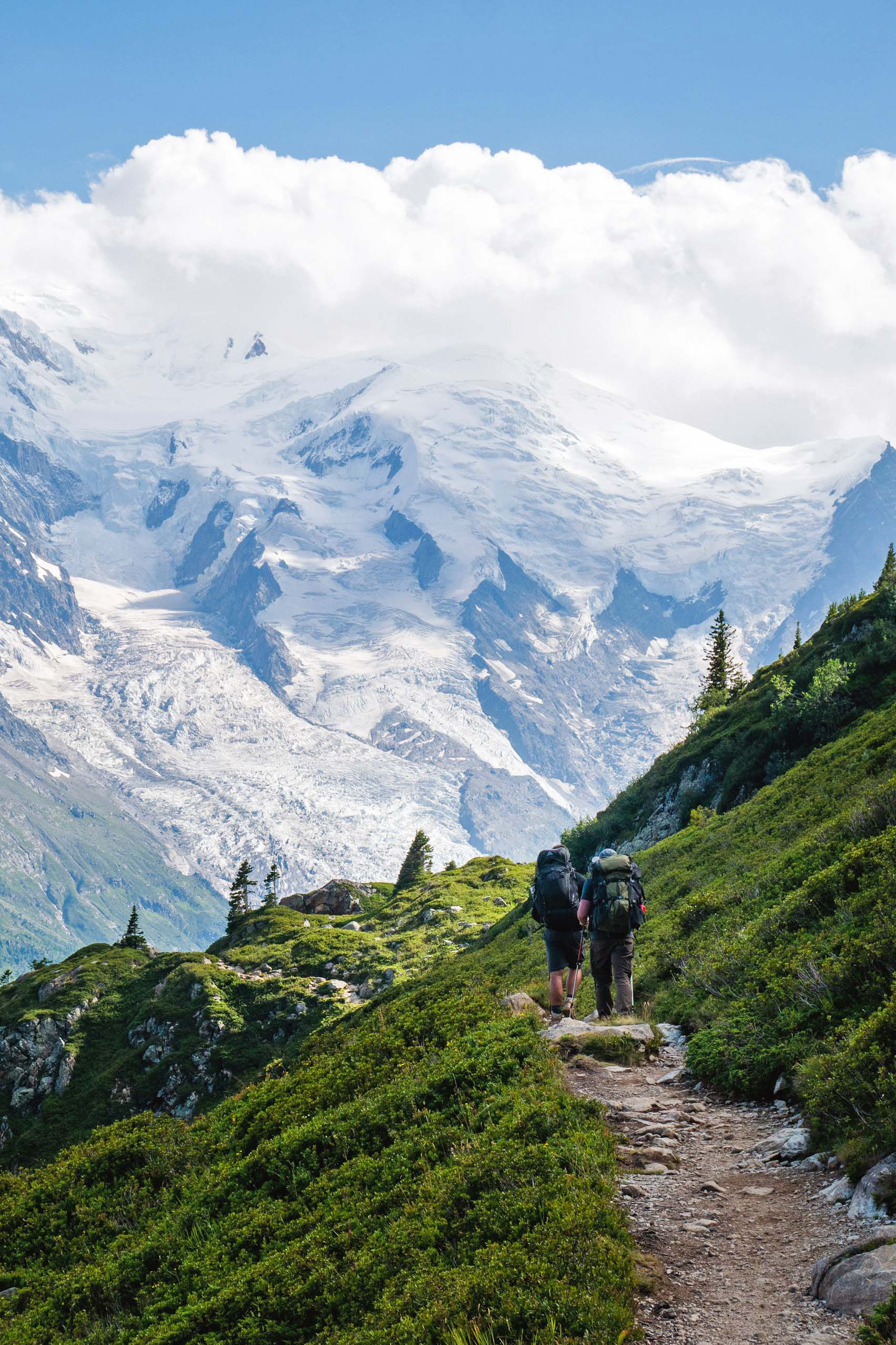
Photo by Nicolas Weldingh
Getting Around Without a Car
One of the biggest advantages of planning a holiday in the Alps—especially in Austria—is the public transportation network. Trains and buses connect even small towns and remote areas, allowing you to start or end a hike in different locations without needing to rent a car. Many multi-day routes are designed with this in mind, making it easy to transition between the trail and major cities or airports. This level of accessibility opens the Alps up to international travelers who want a low-stress, well-connected experience.

Photo by Will
Combining Hiking with Rest and Culture
An active holiday doesn’t need to mean non-stop movement. In fact, one of the most satisfying ways to plan a trip in the Alps is to include both activity and rest. Similarly, the Italian and French Alps are rich with unique mountain cultures, from savoring regional culinary specialties in charming villages to discovering ancient traditions and a distinct alpine way of life. Austria also offers plenty of small towns, spa resorts, and lakefront villages where you can slow down between hiking stages or finish your trip with a couple of easy-going days. This blend of effort and relaxation not only helps your body recover but also adds variety to the trip and gives you the chance to appreciate local traditions, food, and daily life.

Why the Alps are a Smart Choice for Active Travellers
Planning an active holiday in the Alps doesn’t have to be complicated. With an extensive network of well-marked trails, efficient public transportation, and an incredible variety of landscapes, the Alps—stretching across France, Italy, Switzerland, Austria, Germany, and Slovenia—offer some of the most accessible and rewarding hiking experiences in Europe. Whether you’re venturing out solo, traveling as a couple, or exploring with a small group, it’s easy to find a route that matches your pace and preferences, all while enjoying the comforts of Alpine hospitality. Structured itineraries and guided or self-guided tours can take the stress out of logistics, handling everything from accommodations to daily route planning—so you can focus on the scenery, the physical challenge, and the cultural richness of each region. For travellers seeking a seamless mix of natural beauty, physical activity, and thoughtful infrastructure, the Alps are a perfect choice.










